Introduction

Laowa CF 8-16mm f/3.5-5.0 Zoom is an ultra-wide-angle zoom lens for APS-C mirrorless cameras with an impressive zoom range (equivalent to 12-24mm on fullframe sensors). It is a very compact lens and seems to fit nicely on smaller APS-C cameras. Its versatile focal length range makes it a good choice for landscape, architecture, and travel photography or whenever you want a dramatic perspective in your images. In times when it seems that all the major manufacturers (except Fujifilm) are neglecting the APS-C lens development and focusing on fullframe lenses, it is refreshing to see exciting lenses like this from third-party manufacturers. Let’s see how it behaves in real life!
![]() I tested this lens on a Nikon Zfc
I tested this lens on a Nikon Zfc
![]() You can see this review as YouTube video here
You can see this review as YouTube video here
Sample Images

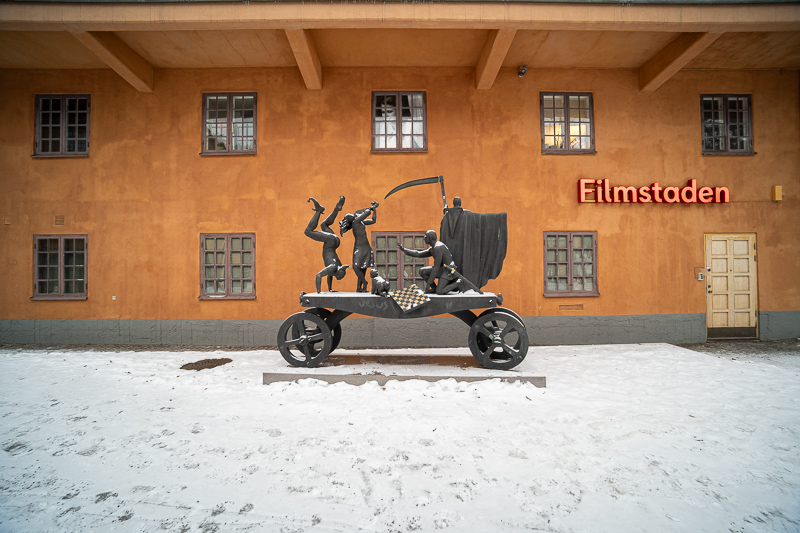

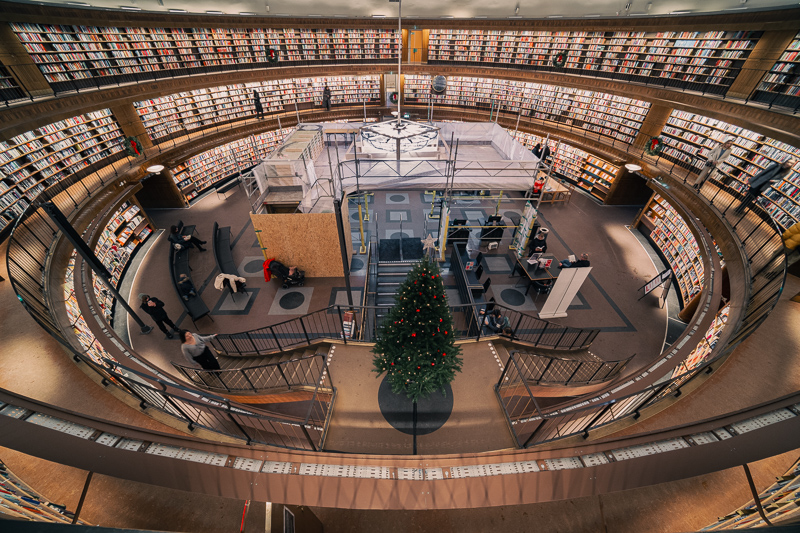
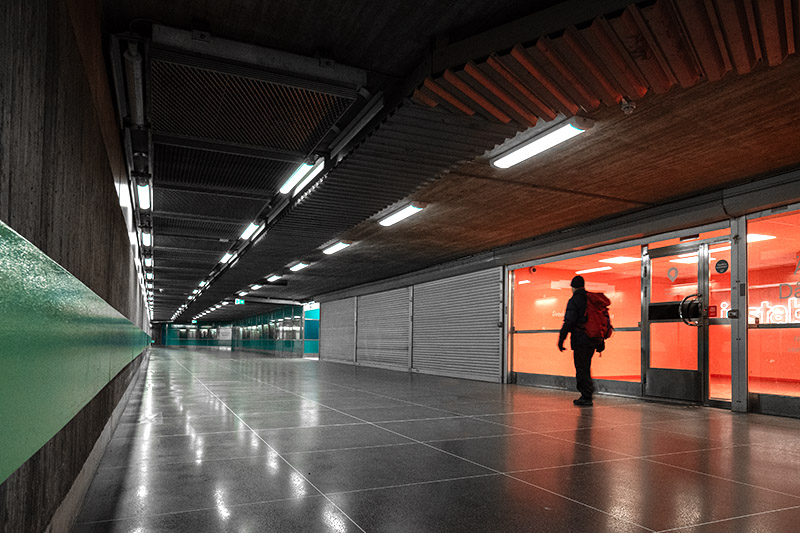
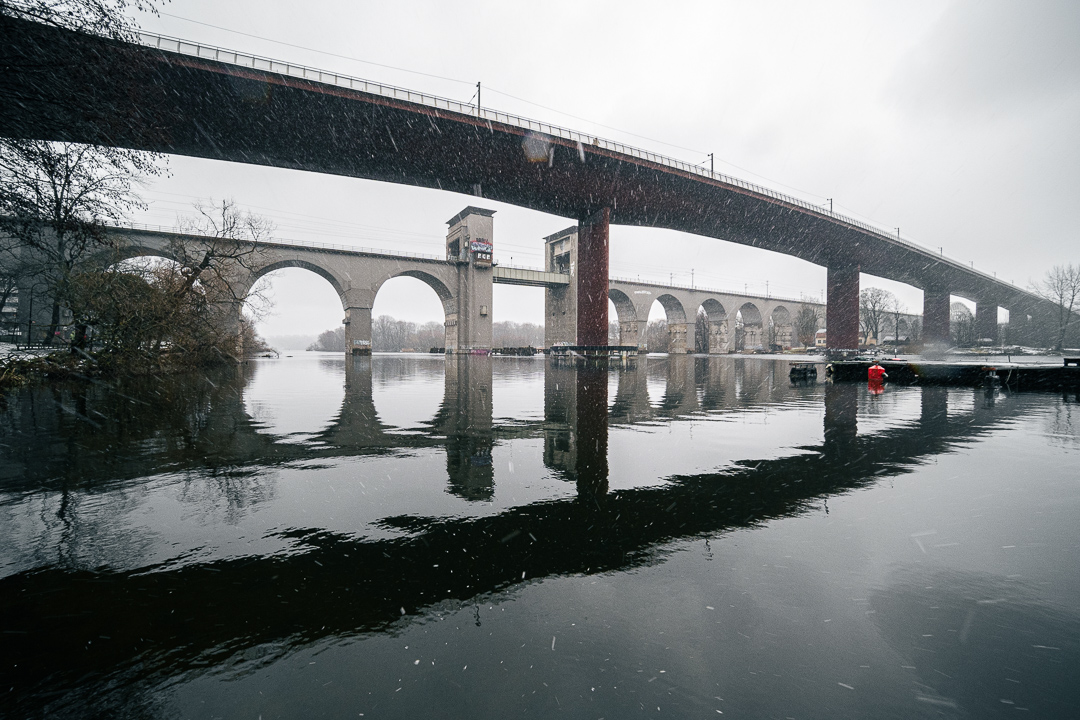

Most of the sample images in this review and many more can be found in higher resolution here.
Specifications
| Focal Length | 8-16mm |
| Angle of View | 82.8°-120.9° |
| # of Aperture Blades | 5 |
| Max Aperture | F/3.5-5 |
| Min Aperture | 16 |
| Min Focus Distance | 0.2 m |
| Filter Size | 86mm |
| Lens Mount | Sony E, Fujifilm X, Nikon Z, Canon RF, Canon EF-M |
| Weight | ~ 463g |
| Size (D x L) | ~ Ø88.4 x 88.53 mm |
| Elements/Group | 16/12 |
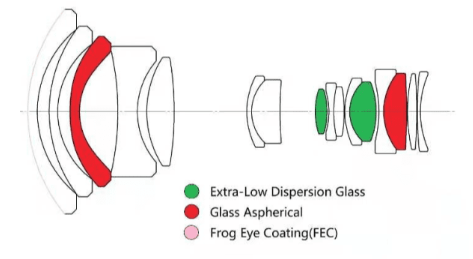
| You can buy this lens from:
manufacturer’s online store Venuslens.net $549 (Affiliate link) Or from B&H, amazon.com, amazon.de, etc |
Disclosure
This lens was kindly lent by Laowa for test and review purposes. It will be returned to Laowa after the review.
Handling
The Laowa CF 8-16mm f/3.5-5 Zoom is a fully manual lens, without any electrical contacts, so focusing and aperture setting must be done manually on the lens. Due to the lack of electrical contacts, it can not transfer any lens EXIF data to the camera either. It is completely made of metal and feels heavy for its size, which is relatively small. The metal mounting plate does not have any sealing gasket, so no weather sealing is incorporated.

The aperture ring has gentle clicks at f/3.5 (5), f/4, and after that for every full-stop. There is a declicking switch on the side of the lens barrel that lets you toggle between having gentle clicks when you change the aperture ring or turning smoothly.
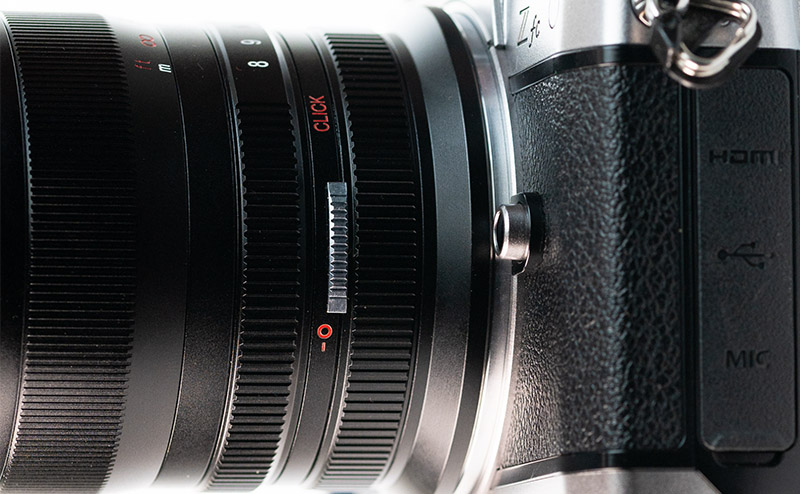
In front of the aperture ring you find the zoom ring, which turns smoothly but the resistance is quite high, and in front of that the focusing ring. The metallic focusing ring is wide and turns smoothly about 80°, it is very easy to manually focus this lens though. The lens comes with a metallic lens cap, which clicks into place securely. You also get a front filter adapter that also clicks into place and enables you to use filters in front of the lens. The lens has internal focusing mechanism, which means the lens does not extend or rotate when you focus. Zooming in or out does not extend the length of the barrel either.
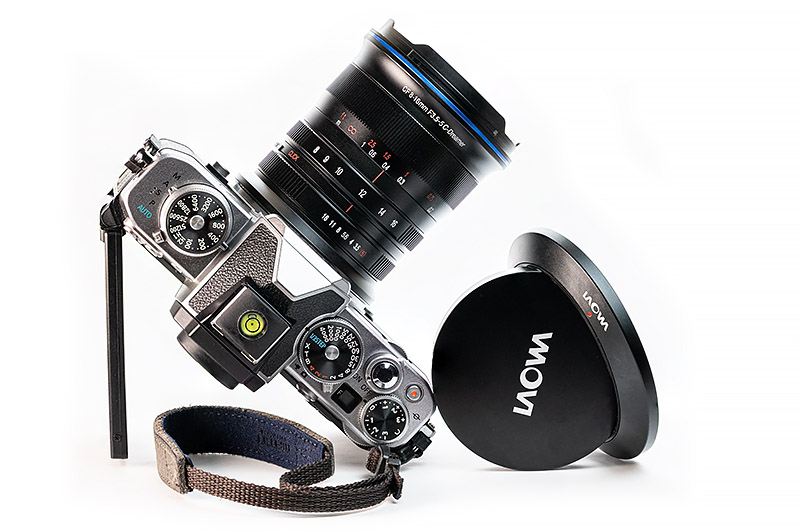
The lens is very small, especially for having such a powerful zoom range.
Optical Features
Sharpness (Infinity)
For the infinity sharpness test, we look at three areas of the image, center, mid-frame, and corner, see highlighted areas in the image below! Moved the camera position to have more or less the same image for all three focal lengths (8, 12, and 16mm)

8mm
Wide-open the center is excellent. The center sharpness remains excellent to f/11, where it gets a little less sharp, and f/16 reduces the sharpness a little more.
The midframe’s sharpness is good wide open, it gets very good at f/5.6 and stays very good to f/11, at f/16 it is “just” good.
The corner is not good at all, not usable wide open but at f/5.6 it is usable, f/8 to f/16 the sharpness in the corner is just OK.
12mm
More or less the same story here as at 8mm in the center and midframe but with marginally increased sharpness. The corner is much better though. It is usable at f/3.5-f/4, good at f/5.6, and at f/8 the corner sharpness is very good. F/11 and f/16 lower the sharpness a little.
16mm
Center and mid-frame sharpness, though still excellent, is slightly softer compared to wider focal lengths. However, corner sharpness is significantly improved at wider apertures (f/3.5 to f/5.6). The overall sharpness change in the center and mid-frame is not substantial enough to warrant a significant rating adjustment. Corner sharpness is good at f/3.5-f/4, very good at f/5.6-f/8, and good at f/11-f/16.
Sharpness (Close-up)
At all focal lengths, the sharpness at max aperture is very good, at f/5.5 it gets excellent and remains excellent through f/11. The diffraction degrades the sharpness at f/16. Peak performance is at f/5.6-f/8.











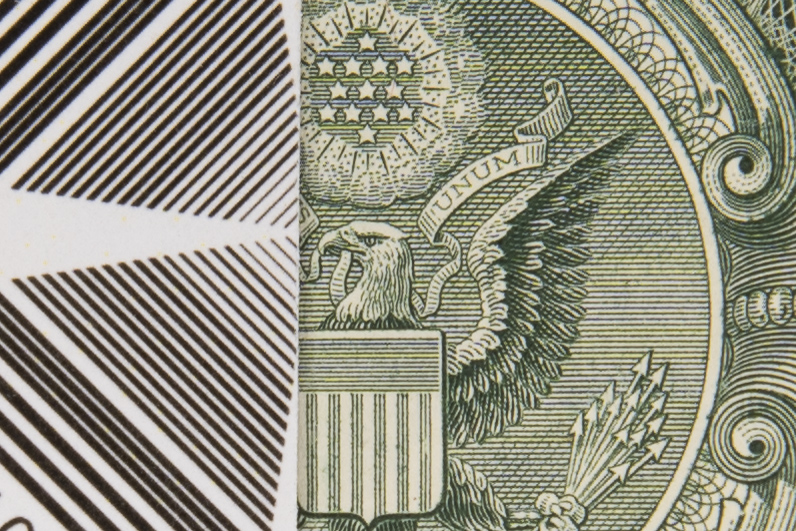
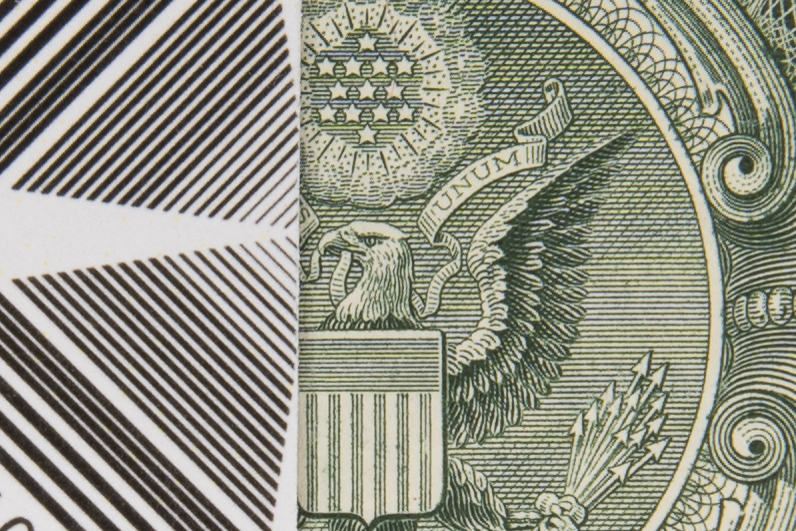


- 8mm: Excellent sharpness f/3.5 to f/11, very good at f/16
- 12mm: Very good sharpness at f3.5 and f/16, excellent f/5.6 to f/11
- 16mm: Very good sharpness at f3.5 and f/16, excellent f/5.6 to f/11
Lens Distortion
The Loawa CF 8-16mm suffers from complex wavy barrel distortion at the widest end (8mm), you can improve it a lot by applying +10 for distortion in the lens correction section in LR. At the the 12mm focal length, it has some negligible pincushion distortion, +2 will correct it. The pincushion distortion gets a little worse at the longest end (16mm), but nowhere as bad as it is at its widest end, +4 in LR fixes it.
Vignetting
Laowa CF 8-16mm f/3.5-5 has a similar vignetting amount as other ultra-wide angle lenses at similar f-stops. Stopping down does not improve the vignetting much as the max relative aperture is quite small to start with (f/5 at the 16mm end). This is about the aperture, where other faster lenses start normalizing. As at the wider end, the max relative aperture is f/3.5, we see a little more improvement than at the longest end when stopping down.

Focus Shift & Aberrations
Neither focus shift nor longitudinal chromatic aberration is a problem at apertures as small as this lens’s max relative apertures, especially at these ultra-wide angles.
There is a small amount of lateral chromatic aberration present though. That can be easily fixed in post. See the 200% crop of the corner of three images, taken at different focal lengths.






Flare Resistance
Generally, you can make any lens look bad if you try hard and long in the section. It is much easier if you are dealing with zoom lenses, like this one. That said, it did require hard or long try to realise that this lens cannot easily cope with flares with the sun in or near the edge of the frame. You can get all kinds of flare with a huge loss of contrast and ghosts in the images. With an 8mm lens, it is not easy to shade the lens with your hand either as it will be visible in the picture. I tested the lens at different focal lengths (8, 12, and 16mm), both wide open and stopped down and I got more or less the same result, so I do not show all the pictures I got, just a representative selection at different focal lengths and different f/stops. Well, you should try to compose with care when the sun is in the frame.
Coma
Normally ultra-wide angle lenses are good candidates for astrophotography if they are fast enough. F/3.5 is hardly a fast aperture and f/5 at 16mm is definitely not a fast aperture. Anyways, if you only want to test astrophotography and take a couple of shots for fun you can use this lens, and then the coma is factor to also consider.
The Laowa 8-16mm has decent control over the coma, better than good enough for your testing of taking a couple of starry night shots. If you get serious and want to do it more often you should look for a faster lens.




Sunstars
When I first saw the specifications of this lens with only 5 aperture blades, I thought, what a pity, because I did not think it could produce any nice sunstars at all. Nonetheless, I couldn’t be more wrong. It seems that Laowa has perfected its aperture blade aligning as sunstars are one of this Laowa’s strongest points. It can produce very well-defined and in my eyes very beautiful 10-pointed stars at all focal lengths and at all f-stops, except for the wide open aperture (f/3.5). By stopping down just to f/4 (on the aperture ring) you can get these gorgeous sunstars. The more you stop down the longer the star rays will get.












Focus Breathing
Unfortunately, the Laowa 8-16mm suffers from focus breathing at both ends of its zoom range.
Bokeh
Bokeh is the last thing one should buy this lens for, especially at its wider ends.
Conclusion
| I LIKE | AVERAGE | I DON’T LIKE |
| Overall sharpness LoCA Coma Sunstars Size |
Sharpness in corners wide open LaCA Vignetting Lens Distortion |
Flare resistance |
The Laowa 8-16mm is a very versatile wide-angle to ultra-wide-angle lens, that has both strengths and weaknesses. Its strengths are an extreme zoom range, sharpness over the frame stopped down and in the center areas wide open, ability to use front filter for such a wide lens, low coma and LoCA, plus big and nice sunstars. It certainly does not win any optical design competitions due to its weaknesses: corner softness, vignetting, and strong flaring problems. Overall its strengths outweigh its weaknesses in my opinion. If you want an ultra-wide to wide-angle zoom lens that is compact and handy this is the perfect lens for you.
If you are interested in buying this lens or any of the lenses in the Alternatives section, you can support our efforts by using the links below or given under each lens. It won’t cost you a penny and it won’t affect the price, but it will help us a little.
| You can buy this lens from the manufacturer’s online store Venuslens.net $549 (Affiliate link)
Or from B&H, amazon.com, |
Alternatives
Sigma 8-16mm F4.5-5.6 DC HSM
Same focal length as the Laowa from 2010 for DSLR APS-C cameras. It is available in Canon EF-S, Nikon F (DX), Pentax KAF3, Sigma SA Bayonet, Sony/Minolta Alpha DT. It is and autofocus lens but heavier and larger than the Laowa and if you want to use it on mirrorless cameras you have to use adapters, which adds to weight and size. I have not tested the lens myself but from other reviews and sample pictures, it seems to be at least as sharp as the Laowa with optical characteristics similar to Laowa.
Buy new: amazon.com, amazon.de, amazon.co.uk, amazon.fr, amazon.com.au, $700/ €800 depending on mount (Affiliate links)
Buy used: ebay.com, ebay.de, ebay.co.uk, ebay.fr from ~$240 (Affiliate links)
Fujifilm XF 8-16mm F2.8 R LM WR
Only for Fuji users! The only other alternative with the same focal length range as the Laowa. It is an autofocus lens, about 1 to 1.7 of stops faster with the constant aperture of f/2.8 over the whole range, but it is huge, much heavier, and more than twice the price of the Laowa.
Buy new: amazon.com, amazon.de, amazon.co.uk $1299 / €1597 (Affiliate links)
Buy used: ebay.com, ebay.de, ebay.co.uk, ebay.fr ~$1045(Affiliate links)
Fujifilm XF 10-24mm F4 R OIS WR
Only for Fuji users! Not as wide but longer than the Laowa. AF, about the same size but lighter than the reviewed lens, with constant f/4 aperture over the zoom range. It has better flare resistance but is about twice as expensive.
Buy new: amazon.com, amazon.de, amazon.co.uk for $999 (Affiliate links)
Buy used: ebay.com, ebay.de, ebay.co.uk, ebay.fr ~$730 (Affiliate links)
Sigma 10-18mm f/2.8 DC DN Contemporary
Not as wide but just a little longer than the Laowa. Available for Fuji X, Sony E, and L-mount
Buy new: amazon.com, amazon.de, amazon.co.uk for $599 (Affiliate links)
Buy used: ebay.com, ebay.de, ebay.co.uk, ebay.fr ~$550 (Affiliate links)
Canon RF-S 10-18mm F4.5-6.3 IS STM
Only for Canon users! Not as wide but just a little longer than the Laowa.
Buy new: amazon.com, amazon.de, amazon.co.uk for $329 (Affiliate links)
Buy used: ebay.com, ebay.de, ebay.co.uk, ebay.fr ~$ (Affiliate links)
Nikon Nikkor Z DX 12-28mm F3.5-5.6 PZ VR
Only for Nikon Z users!
Buy new: amazon.com, amazon.de, amazon.co.uk for $356 (Affiliate links)
Buy used: ebay.com, ebay.de, ebay.co.uk, ebay.fr ~$313 (Affiliate links)
More Sample Images


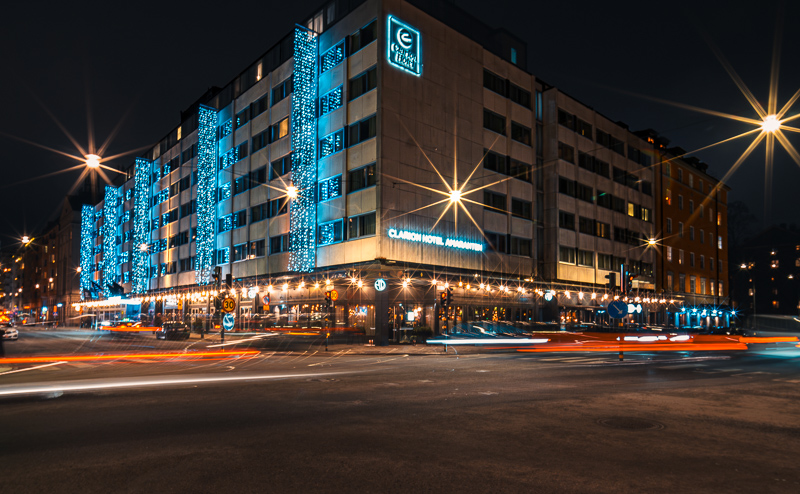
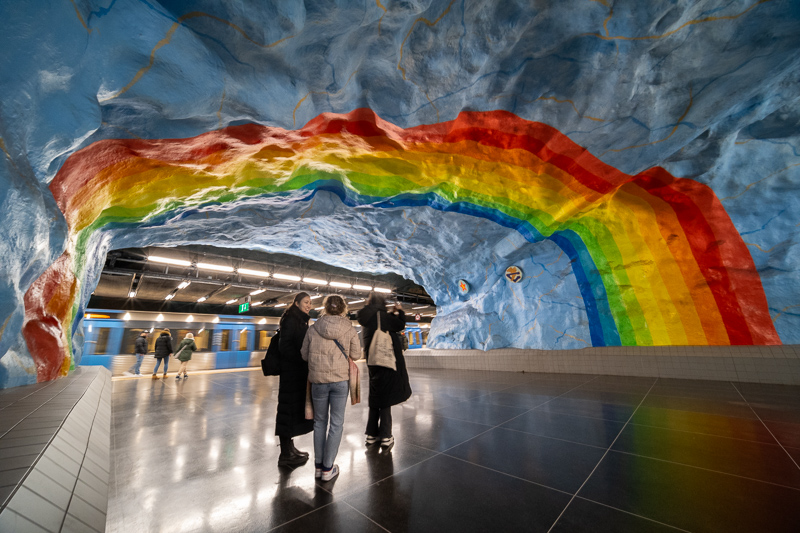
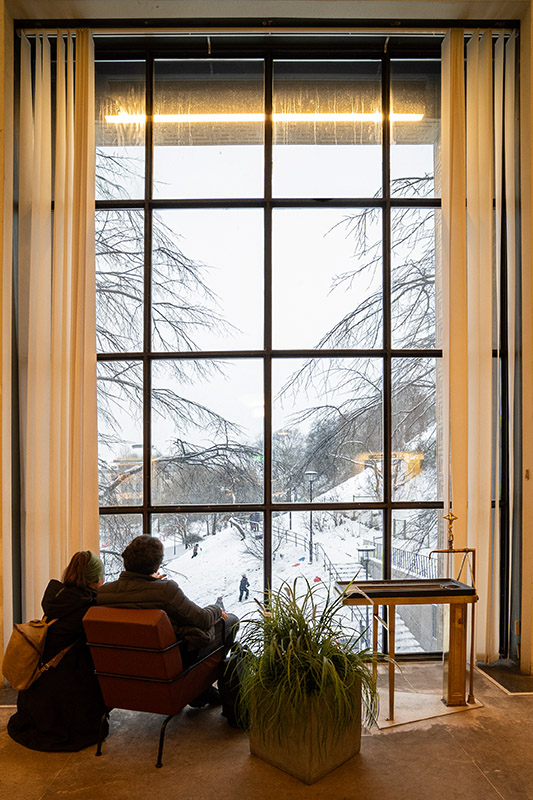

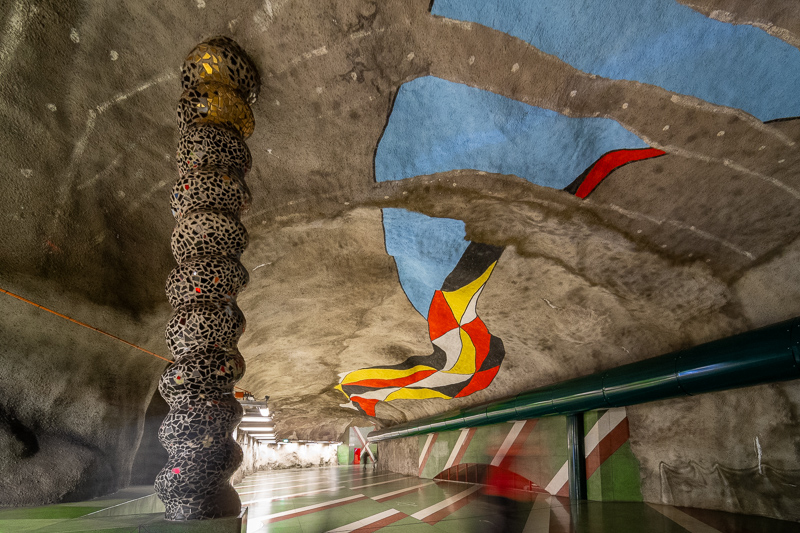
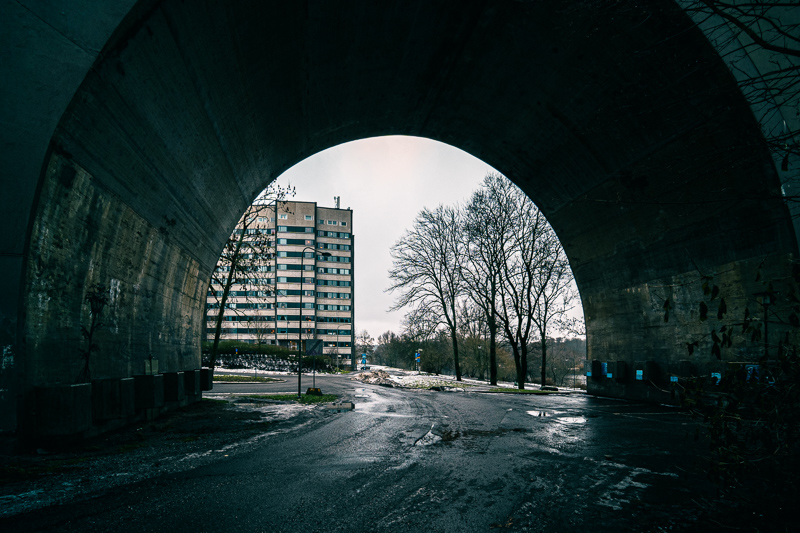
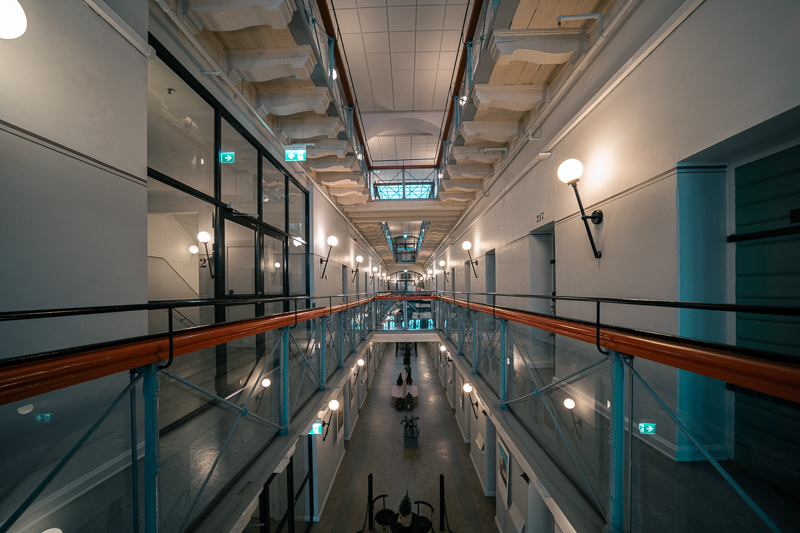
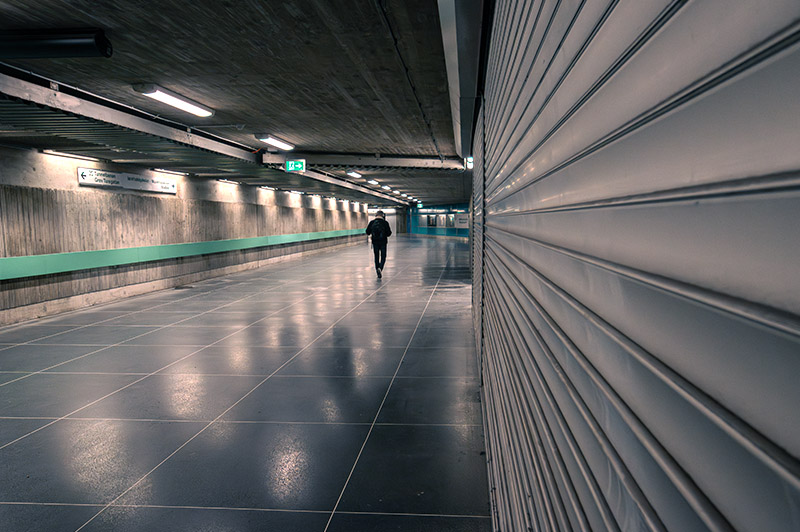
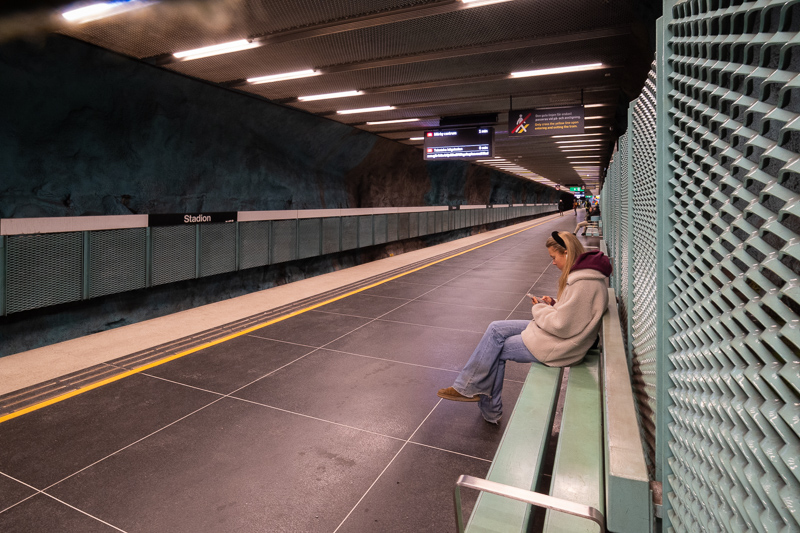
Most of the sample images in this review and many more can be found in higher resolution here.
Further Reading
Review: TTArtisan 10mm f/2.0 (APS-C)
Review: Laowa 25mm 0.95 Argus (APS-C)
Review: Viltrox 27mm 1.2 (APS-C)
Review: Helios-40 85mm 1.5
Support Us
<p>Writing articles like these is both time consuming and costs us a lot of money. If you found this article helpful and you decide to buy one of these lenses, please consider using one of the affiliate links.
If you are not interested in buying any of the lenses, but you still found this article useful, interesting, or it saved you a lot of money: treat us to a coffee!
![]()

(Donations via Paypal)
| You can buy this lens from
manufacturer’s online store Venuslens.net $549 (Affiliate link) Or from B&H, amazon.com, amazon.de, abc |
This site contains affiliate links for which I may receive a small commission if you make a purchase via the links at no additional cost to you. This helps support the creation of future content.
Martin
Latest posts by Martin (see all)
- Analogue Photography: Part 5 – Kodak ColorPlus 200 at Nostalgic Car Show - January 7, 2026
- REVIEW: 7Artisans AF 24mm f/1.8 - January 4, 2026
- Analogue Photography: Part 4 – Ilford HP5 Plus at a Historical Engine Factory - December 3, 2025












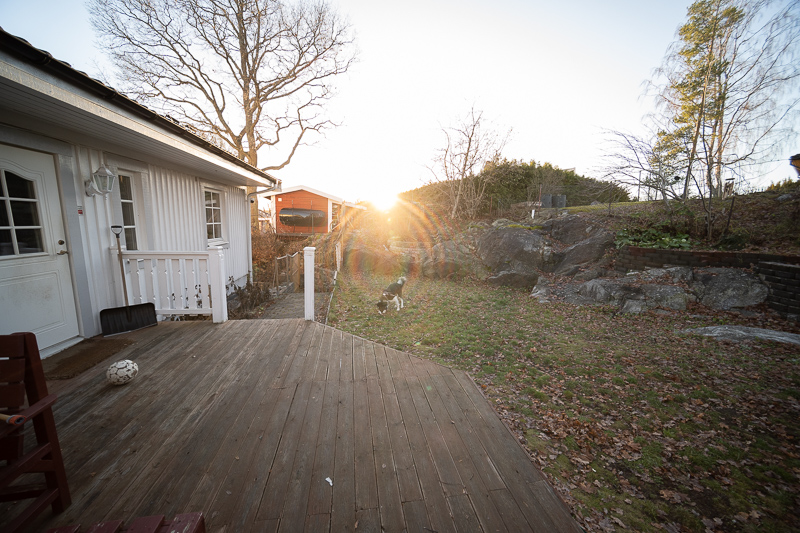



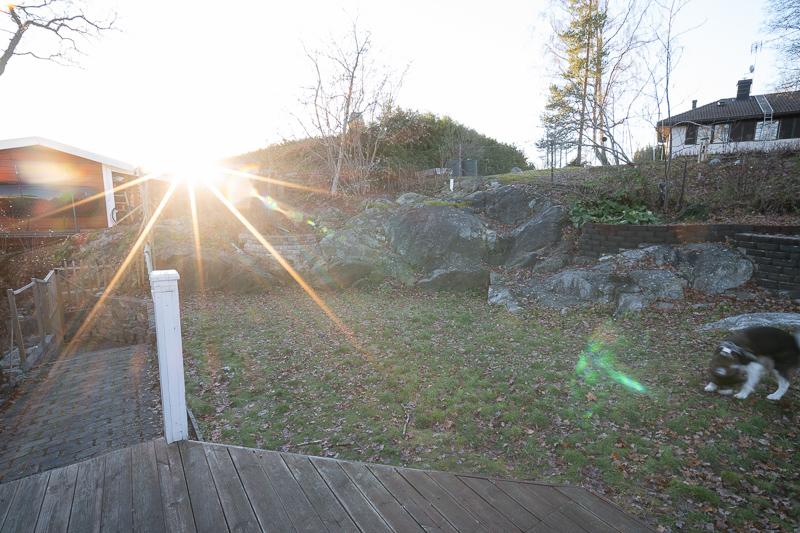





In my opinion,SIGMA 8-16mm F4.5-5.6 DC HSM would be a potential object of contrast。
Right, I’ll add it to the alternatives.
Thanks for the review! Seems to ve somewhat exclusive 🙂
Any plans to test the Sony E version, even if only to check the corner sharpness on a different sensor (which was likely the common denominator during the design phase)?
Depends on availability, if I can get one I do, but right now it does not look like it. Other lenses are in the queue.
Wish this was offered in m43 mount! Would make a really nice semi ultra wide zoom. Thanks for the review.
Hello, thanks for the review, do you have any thoughts on using this for video work?
Hello JJ,
I didn’t use it for video myself, but it depends on what kind of videos you want to do, I suppose. In general, being a zoom makes it a lot easier to work and makes the lens much more versatile than fixed focal length. The aperture can be changed seamlessly without any clicks, which is good in certain video situations, but it has some focus breathing that is less good in some situations. It is a manual focus, which should not bother most serious works, but if you want to rely on autofocus it is a disadvantage. Image quality is good for most works, but if you are intending to do static nature and landscape shots, where the camera is not moved in longer times, then the corner sharpness may (or may not) have same sharpness is in the center, but this is a very rare case.